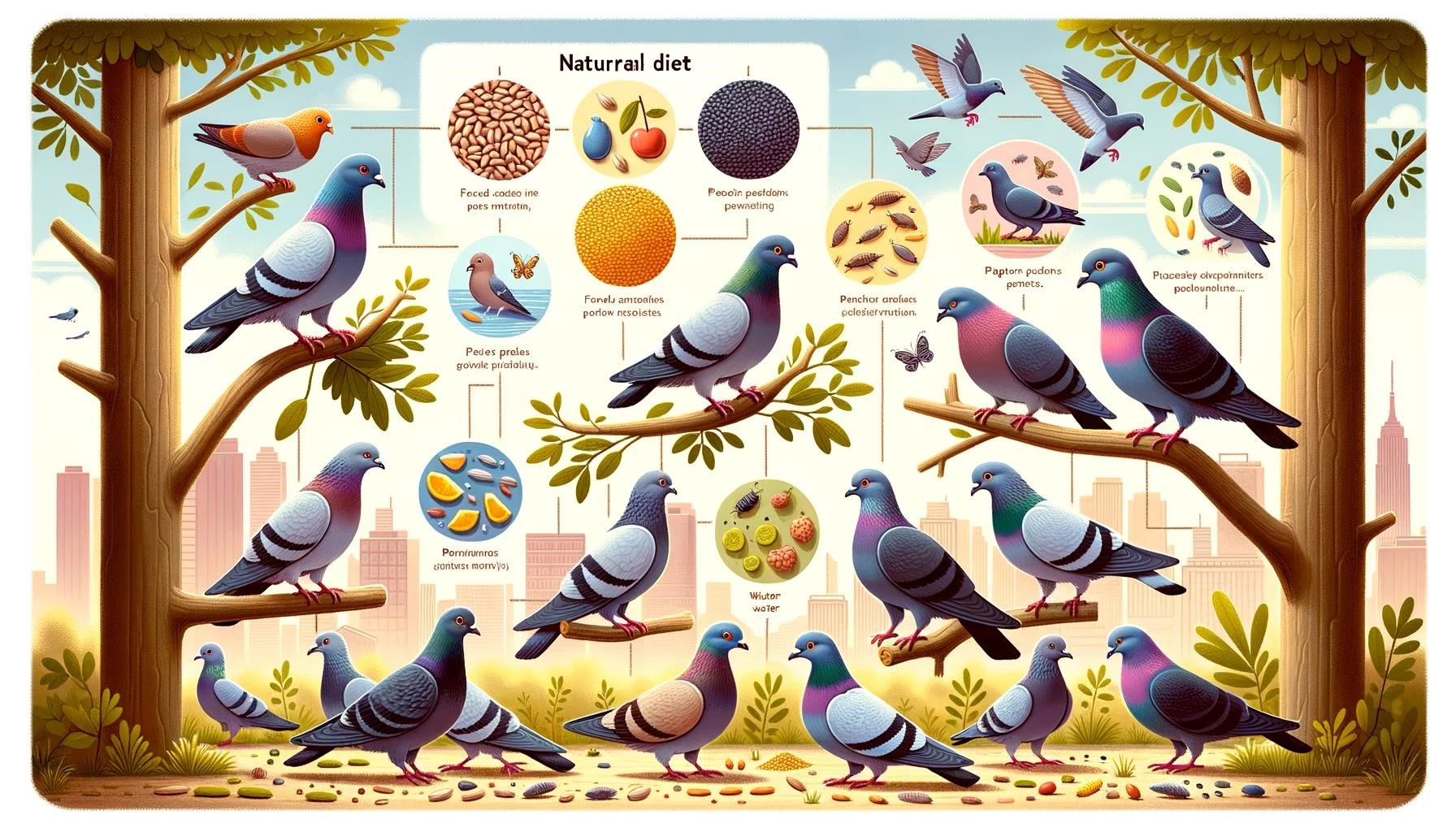The Racing Homer pigeon is a breed of domestic pigeon known for its enhanced speed and homing instinct. It is one of the newest and most popular breeds, developed in Belgium and England in the 19th century. The Racing Homer is the result of crossing several other pigeon breeds to enhance its racing abilities. It is widely used in pigeon racing competitions around the world.
Origin
The exact origin of Racing Homers is unclear, but they are believed to have been selectively bred by humans for over 5000 years for messaging and food purposes. The Greeks were the first to observe the birds’ homing abilities and used them to deliver messages during the Olympic Games. Romans and Egyptians also used pigeons for long-distance messaging. The Racing Homer breed was specifically developed around one hundred years ago in Belgium and England.
Breed Characteristics
| Size | Medium to large |
|---|---|
| Body Type | Sleek and slender |
| Wingspan | 60-70 centimeters |
| Color | Varies, including gray, black, white, blue, and red |
| Temperament | Calm, friendly, and intelligent |
Racing Homers have a medium to large size and a sleek, slender body. They have strong wings specially adapted for long-distance flying. The wingspan of a Racing Homer ranges from 60 to 70 centimeters. These pigeons come in a variety of colors, including gray, black, white, blue, and red, though gray is the most common color. Racing Homers have a calm and friendly temperament, which makes them suitable as pets. They are intelligent birds and can be easily trained.
Temperament
Racing Homers have a calm and mild temperament, which makes them suitable as pets. They are social birds and can coexist with other pigeons in a loft. These pigeons are intelligent and have strong homing instincts, enabling them to be trained to return to their home loft. They are highly adaptable and can thrive in various environments, ranging from rural farmlands to urban rooftops.
Preferred Living Conditions
Homing pigeons, including Racing Homers, require a clean and suitable living space called a loft. A pigeon loft can vary in size and configuration, but it should provide sufficient space for the pigeons to move and fly comfortably. The loft should be protected from potential predators and have good ventilation. It should also have a separate nesting area for breeding pairs and their offspring. The loft should be placed in an area free of aerial obstructions to avoid distractions during training and flying.
Usage
Racing Homers are primarily used in pigeon racing competitions. The birds are released at a specific location and fly back to their home lofts, covering carefully measured distances. The time it takes for a Racing Homer to return home is measured, and their speed is compared with other pigeons in the race. The bird that returns at the highest speed is the winner. Racing Homers are also kept as pets due to their calm temperament and intelligence.
Interesting Facts:
- Racing Homers have been used for messaging purposes for over 5000 years.
- The breed was specifically developed in Belgium and England in the 19th century.
- Their wingspan ranges from 60 to 70 centimeters.
- Racing Homers come in a variety of colors, including gray, black, white, blue, and red.
- They have a calm and friendly temperament, making them suitable as pets.
- Racing Homers are highly adaptable and can thrive in various environments.






